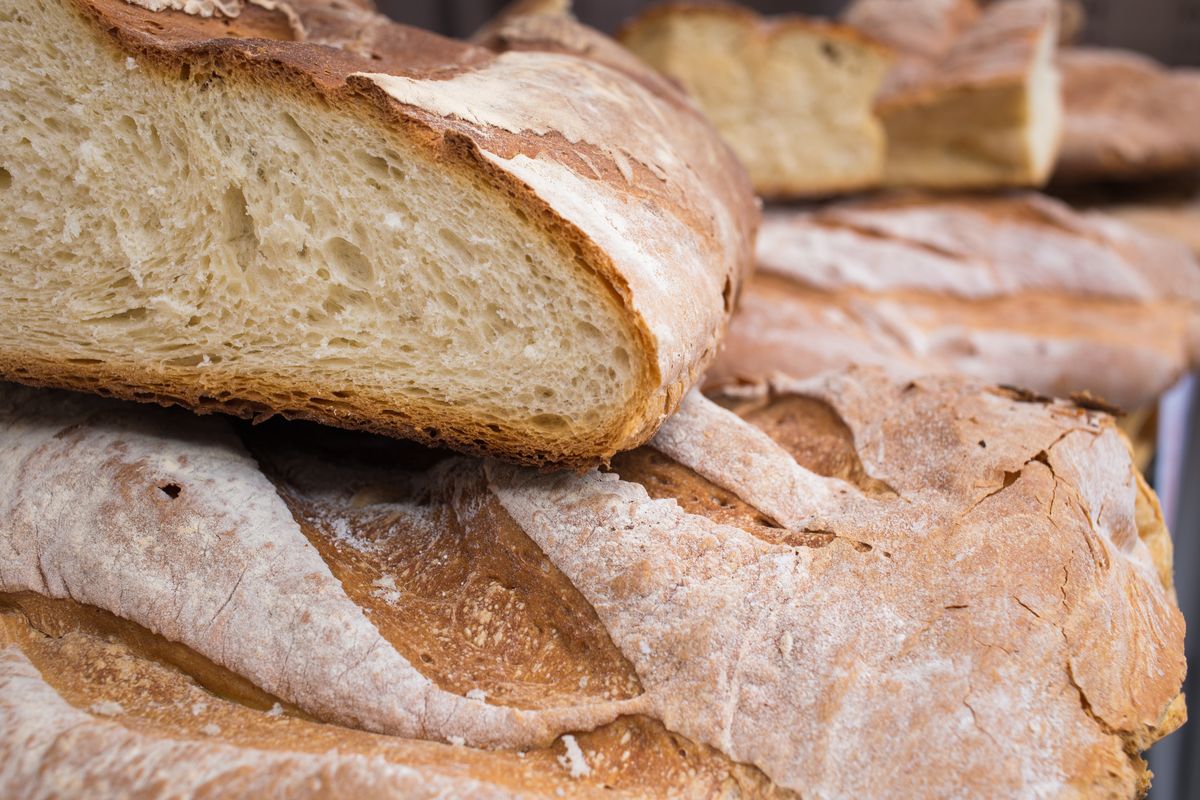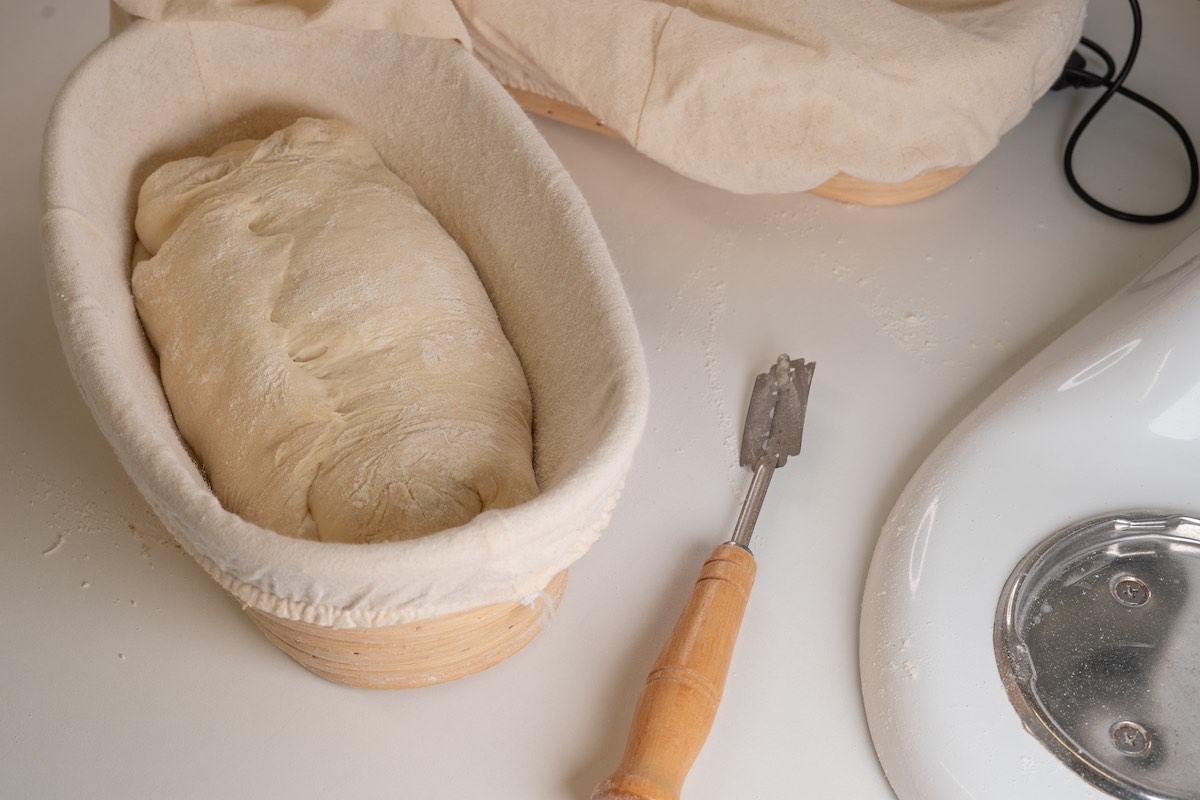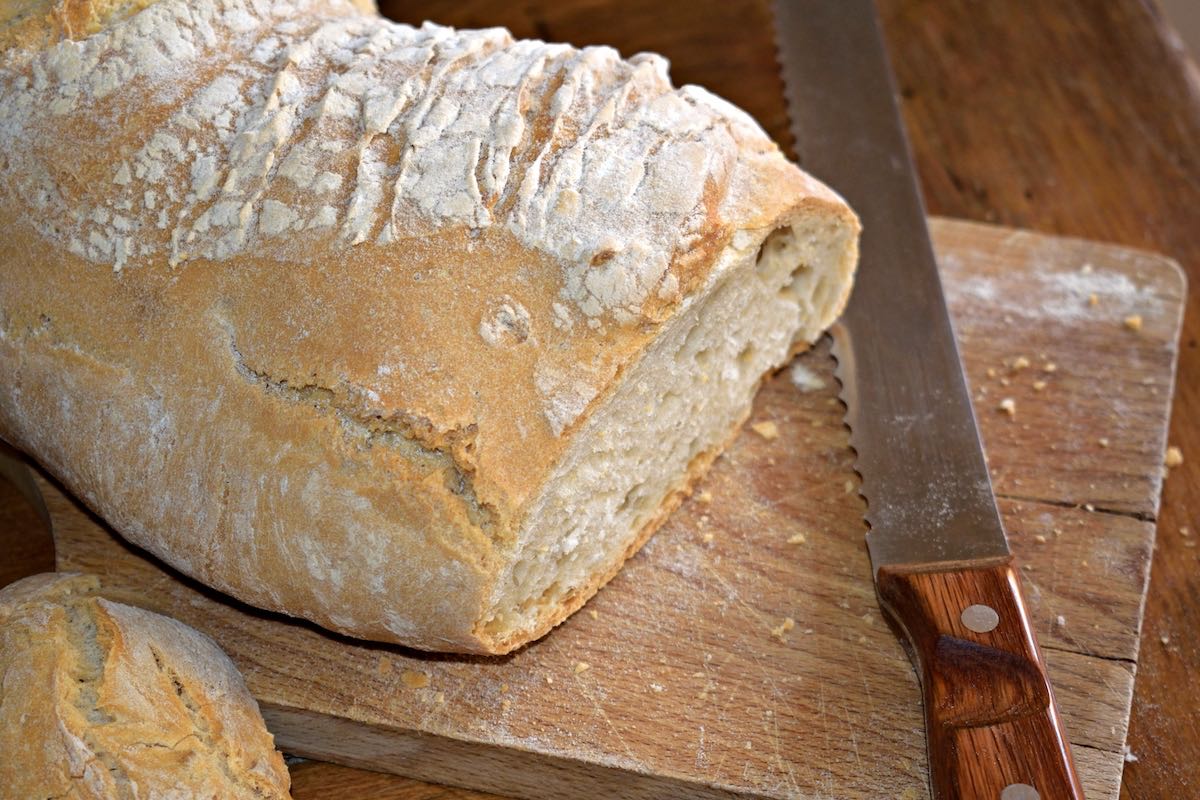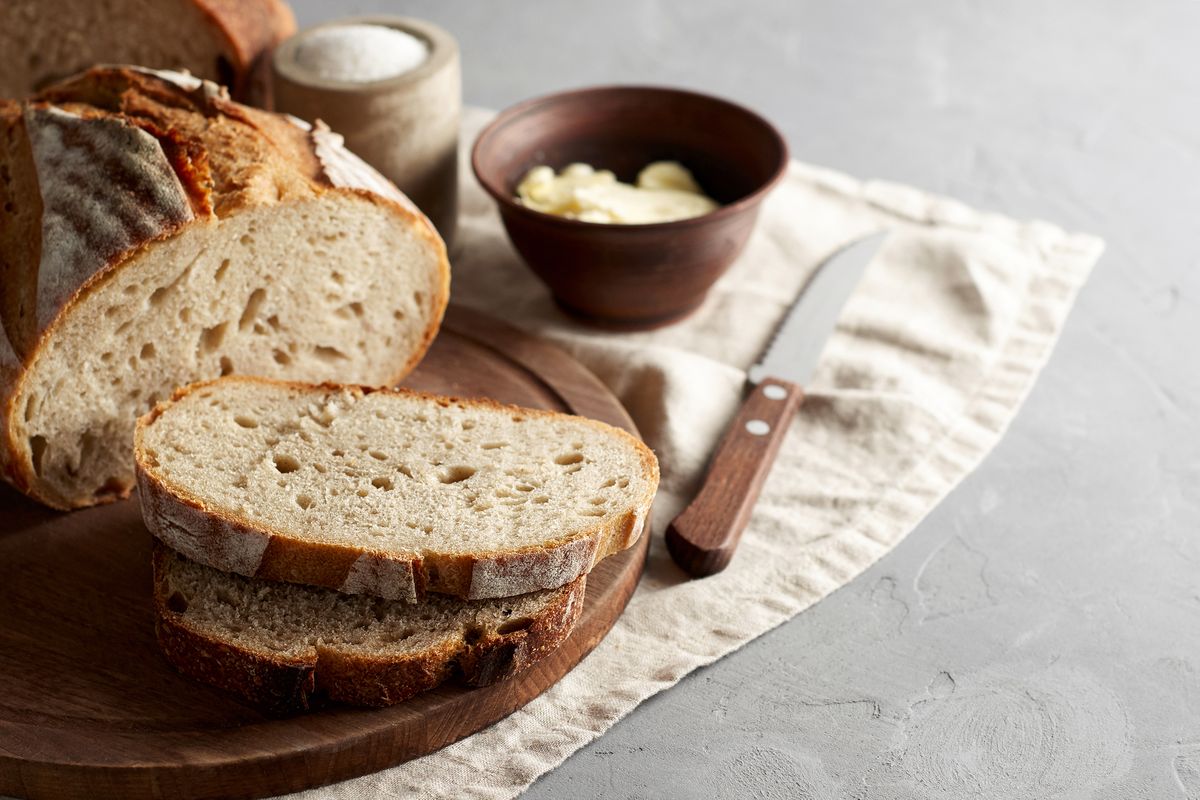Recipes
Why is Tuscan bread bland? Origin and recipe


Why is Tuscan bread also called salt-free? Let's discover the history and recipe of this typical regional product.
The true story of why Tuscan bread is salt-free is shrouded in mystery. Over the years, various historians have tried to shed light on the issue, putting forward various hypotheses which are all, to date, plausible. Just think, the question of foolish (or bland) bread is so ancient that traces of it can also be found in Dante's Divine Comedy where we read "You will taste how other people's bread tastes like salt", alluding to the custom present in other areas of Italy. to prepare savory bread.

Tuscan bread without salt: the history
The most accepted reason why in Tuscany it is customary to cook bland bread is not, as many believe, due to the combination with other very tasty gastronomic products , such as the famous Tuscan ham.
Even then as today, taxes are behind everything. In this sense, however, it is not clear whether it is the fault of the Pisans or the Florentines. In fact, boats loaded with salt arrived in Pisa, one of the Maritime Republics, which was then distributed to the rest of the peninsula, therefore also to Florence. However, it seems that the Pisans, due to the raids carried out by the Saracen pirates, instituted a heavy duty on this precious raw material and that in response the Florentines created a bread without salt.
However, what leads us to think that this is not the real reason is that in some other Tuscan cities the bread is salty. This is the case of Lucca, Pisa, Massa and Carrara which were not part of the Grand Duchy of Florence. It therefore makes us think that it was the Florentine government itself that imposed a duty on salt, always leading bakers in the direction of salt-free bread.
In addition to the aforementioned Divine Comedy , Pierandrea Mattioli also talks about bland bread in 1500 and Saverio Manetti in 1765 where he specifies how this bread is without salt and prepared with sourdough. This natural yeast was stored in the cupboard together with the flour and then used for bread making.
Starting from 2016, Tuscan bread is a DOP product subject to strict production regulations. The document contains all the characteristics that this bread must have to be able to boast this name:
- Ingredients : type 0 flour with wheat germ (following the revision of the specifications which took place in 2023, Type 1 and 2 flours are also included provided they are registered in the Regional Repertoire of Tuscan Germplasm);
- Crumbly and crunchy crust , hazelnut in color due to the low cooking temperatures;
- Ivory-coloured, well-alveolated crumb with a slightly acidic flavour;
- Weight : there are two shapes contemplated: loaf and loaf. The first is rhomboidal with a weight of around half a kilo, the second is rectangular and can be of two sizes (one kilo or two kilos.

Tuscan bread: the original recipe with sourdough
Preparing bread without salt following the traditional Tuscan recipe requires time and organization due to natural leavening. For the chariot you will need:
- 30 g of refreshed sourdough
- 60 g of 0 flour
- 40 g of water
Dissolve the sourdough starter in the water, add the flour and form a loaf. Let it rise at room temperature for 8 hours.
For the dough you will need:
- 500 g of 0 flour
- 330 g of water
Mix the flour with half the water and leave to rest for 40 minutes. This step is called autolysis . After this time, mix the biga with the remaining water, add the autolysis and knead vigorously by hand for 20 minutes or in a planetary mixer fitted with a hook for 12 minutes .
Proceed with a series of folds known as slap and fold : take the dough with two hands from the center and lift it. You will notice that the two edges, due to the force of gravity, will tend to descend. Make sure they stay underneath while you reposition the dough on the work surface. Turn 90° and repeat then roll out the dough and let it rest under the covered bowl for an hour .
Proceed with a round of three folds , widening the dough to form a rectangle, then leave to rise for 4-6 hours . Expand it again to form a rectangle and bring the two upper corners towards the center. A sort of tip will form at the top: bring it towards the center too. Roll up to form a loaf and leave to rise in the basket until doubled. It will take about 2 hours but it depends on the strength of your sourdough starter.
Heat the oven to 220°C and cook the bread for 20 minutes, placing a pan full of water on the bottom. Then lower the temperature to 200°C and continue cooking for another 20 minutes. Finally, close the door ajar, lower the temperature to 180°C and cook for 10-15 minutes . Let it cool completely on a wire rack before cutting it.
Tuscan bread without salt is the protagonist of many recipes. We remember the panzanella , a sort of salad perfect for the summer period; tomato soup , a simple soup but rich in flavour; the ribollita which without bread would lose all its goodness. Not to mention the classic Tuscan crostini , the appetizer par excellence or preparations where, despite being a secondary ingredient, it proves indispensable to complete the taste: onionade andcarabaccia .
Riproduzione riservata © - WT












